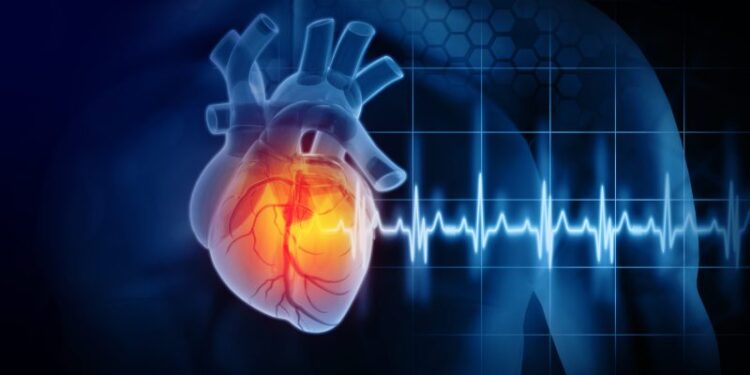(NewsNation) — Parents can pass down more than just eye color and bone structure to their kids, including genetic faults and potentially fatal heart conditions.
Heart disease is the leading cause of death in the United States, across all genders, racial and ethnic groups, according to the Centers for Disease Prevention and Control.
With heart diseases accounting for nearly 20% of the U.S.’s deaths in 2022, there is no doubt about the prevalence of cardiac conditions in America.
But how is everyone getting sick? Although lifestyle choices can lead to heart disease or conditions, there are certain diagnoses that are the product of genetics alone.
“The risk for heart disease can increase even more when heredity combines with unhealthy lifestyle choices, such as smoking cigarettes and eating an unhealthy diet,” the CDC warns.
Inherited heart disease vs. family history of heart disease
While a family may be predisposed to heart disease — that is, have a family history — it’s not the same as an inherited condition, which is the product of a fault or mutation of a person’s genes.
A family history, on the other hand, is determined by how many family members have had heart disease and how old they were when diagnosed.
If an immediate family member has suffered a heart attack, stroke or was diagnosed with a disease before 60, a person could face a higher-than-average chance of developing that same disease, AHA said.
Common inherited heart diseases
According to the Australian Heart Foundation, some of the most common conditions from faulty genetics are heart muscle diseases, abnormal heart rhythms and high cholesterol levels.
According to Penn Medicine, other common conditions include:
- Familial Hypertrophic Cardiomyopathy, the thickening of part or all of the heart muscle
- Familial Dilated Cardiomyopathy, the thinning of the heart muscle
- Familial Hypercholesterolemia, an overabundance of “bad cholesterol” that causes coronary heart disease
The CDC recommends patients collect their family health history to learn about what diseases they could be predisposed to, and what genetic mutations they might have.







